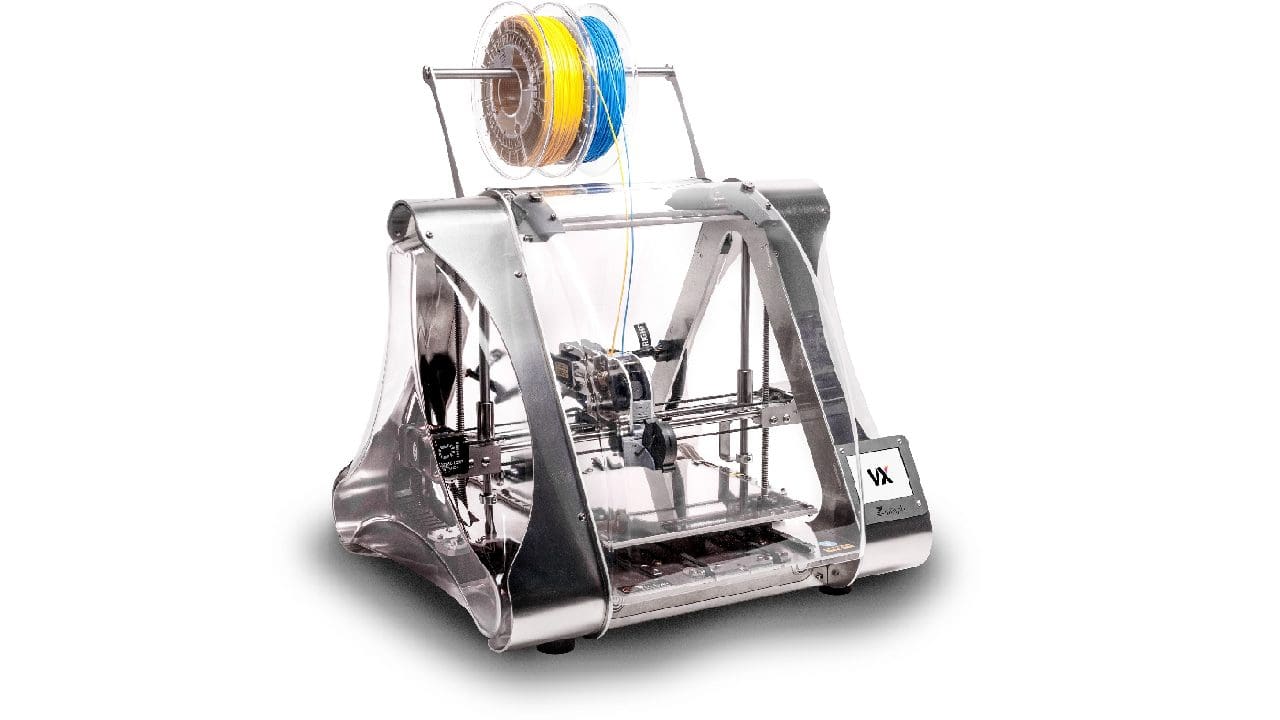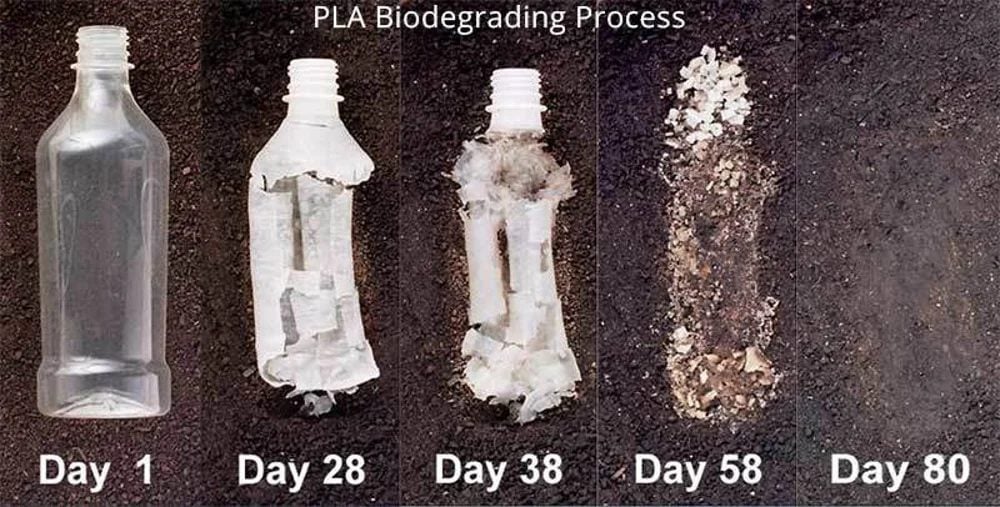Anyone into 3D printing will be aware that it ends up producing a fair amount of waste.
As 3D printing filaments are thermo-plastics, melting them down and re-extruding them into a new filament is possible.
This process isnt the easiest or most reliable, however, so is not favoured by many.

For PLA specifically, its also possible to compost your waste prints as the material is biodegradable.
you could do this at home, by placing it with other compostable waste.
This process can take up to six months, however, and still leave trace materials behind.

The biodegradation of PLA over time.
Unfortunately, even though it can be recycled, many facilities dont take PLA.
check that that you check the recycling capabilities of your local plants before sending your waste PLA there.
If you dont, it will just end up in the landfill anyway.
An alternative, though, is to attempt to recycle your used PLA yourself.
This does require an initial investment to get the necessary equipment.
Still, you could then recycle any waste material into an entirely new spool of filament.
Unfortunately, aside from the initial cost issue, this also tends to produce poor-quality filament.
You have to carefully dial in your tweaks to ensure that the resulting filament is as uniform as possible.
Doing so helps to drive down the environmental impact of 3D printing.
It can result in savings as well if youre reusing filament.
Conclusion
Have you made something out of recycled filament?
Let us know what you made down below.